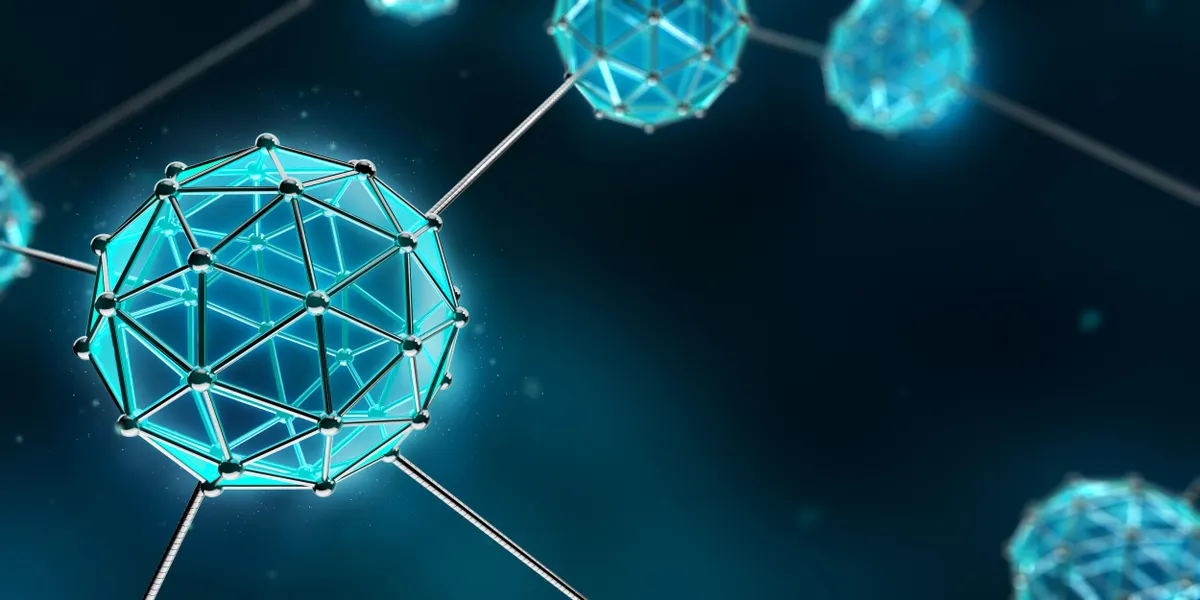Introduction
Nanotechnology, often dubbed the science of the small, is a field that has captured the imagination of scientists, engineers, and visionaries for decades. This groundbreaking discipline involves manipulating and controlling matter at the nanoscale, where one nanometer is equivalent to one billionth of a meter. In essence, nanotechnology allows us to work with materials at the atomic and molecular levels, opening up a realm of possibilities that were once confined to the realm of science fiction. In this article, we will explore the fascinating world of nanotechnology, its applications, and its potential to shape the future.
The Birth of Nanotechnology
The concept of nanotechnology was first introduced by the renowned physicist Richard Feynman in his famous 1959 lecture titled “There’s Plenty of Room at the Bottom.” Feynman proposed that it should be possible to manipulate individual atoms and molecules to create new materials and devices with unprecedented properties. However, it wasn’t until the 1980s that the field truly began to take shape with the development of advanced tools such as the scanning tunneling microscope (STM) and atomic force microscope (AFM), which allowed scientists to visualize and manipulate individual atoms.
Tools of the Trade
Central to nanotechnology’s progress are the specialized tools used to work at the nanoscale. These tools include scanning probe microscopes, electron microscopes, and nanolithography techniques. Scanning tunneling microscopes and atomic force microscopes, for instance, enable scientists to see and manipulate individual atoms and molecules, paving the way for precise control over nanomaterials.
Applications of Nanotechnology
- Medicine: Nanotechnology has revolutionized the medical field by enabling the development of targeted drug delivery systems, diagnostic tools, and even nanoscale robots for medical procedures. These innovations promise more effective treatments, reduced side effects, and early disease detection.
- Electronics: In the electronics industry, nanotechnology has led to the development of smaller, faster, and more efficient devices. Nanoscale transistors and memory storage devices have increased the capabilities of electronic gadgets while reducing their size.
- Energy: Nanotechnology is playing a pivotal role in the energy sector by enhancing the efficiency of solar cells, improving energy storage solutions, and enabling the development of more efficient lighting systems. These advancements are crucial in addressing the growing energy demands of our modern world.
- Materials Science: Nanomaterials, such as carbon nanotubes and graphene, exhibit extraordinary properties like exceptional strength and electrical conductivity. These materials find applications in a wide range of industries, including aerospace, automotive, and construction.
- Environmental Remediation: Nanotechnology is being employed to develop novel solutions for environmental challenges. Nanoscale catalysts can help break down pollutants, and nanofilters can efficiently remove contaminants from water and air.
- Consumer Products: Nanotechnology has made its way into everyday consumer products, from stain-resistant clothing to sunscreen with enhanced UV protection. These products offer improved performance and durability.
Challenges and Concerns
While the potential of nanotechnology is vast, it also raises ethical, safety, and environmental concerns. The manipulation of matter at the nanoscale requires careful consideration of the potential risks and unintended consequences. Researchers and policymakers are working together to establish guidelines and regulations to ensure the responsible development and application of nanotechnology.
Conclusion
Nanotechnology has emerged as a transformative force with the power to reshape industries, revolutionize healthcare, and address pressing global challenges. Its applications are far-reaching, from enhancing the performance of everyday products to pioneering groundbreaking medical treatments. As we continue to explore and harness the capabilities of nanotechnology, it is imperative that we do so with a keen eye on ethics and safety, ensuring that the small wonders of the future benefit humanity as a whole. The science of the small is undoubtedly a giant leap toward a brighter and more innovative future.




